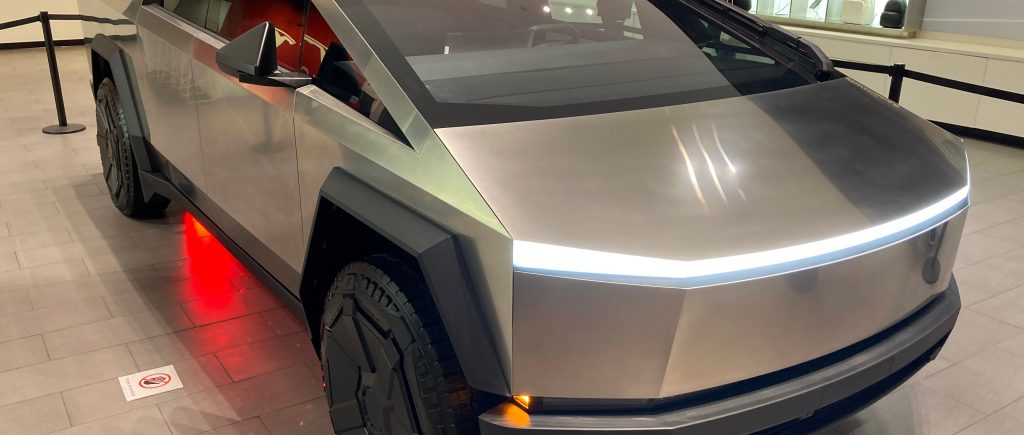Tesla’s robotaxi service, slated for a late June 2025 debut in Austin, Texas, promises to reshape urban travel. Starting with 10 to 20 Model Y vehicles in a geofenced zone, the service will use remote teleoperators to ensure safety. By June 28, a Tesla may autonomously deliver itself from factory to customer, a symbolic win for Elon Musk’s vision. With the Cybercab set for 2026 production, Tesla aims to scale rapidly, potentially integrating owner vehicles into the fleet. Pairing this with The Boring Company’s tunnels could sidestep city gridlock, offering a glimpse of seamless mobility.
Trump’s Feud Fuels Market Chaos
President Donald Trump’s clash with Elon Musk over a GOP spending bill that eliminated EV tax credits sent Tesla’s stock into a tailspin last week. The dispute erased over $150 billion from Tesla’s market cap, with shares plummeting 14% before rebounding 4% to close above $295. Year-to-date, Tesla’s stock is down 25%, reflecting unease after a 20% revenue drop in Q1 2025. Trump’s threats to sever government contracts with Musk’s ventures, including SpaceX, amplified the fallout. A reported phone call between the two recently eased tensions, but the episode underscores Trump’s sway over Tesla’s market stability.
The Feud’s Ripple Effects
The Musk-Trump spat, ignited by Musk’s vocal opposition to the GOP bill on social media, triggered a broader sell-off in EV stocks, as investors feared a less favorable policy environment. Trump’s pointed remarks, including a suggestion that Tesla could face tariffs on Chinese-made components, heightened concerns about supply chain disruptions. The volatility exposed Tesla’s vulnerability to political headwinds, with trading volumes spiking to their highest in months. While Musk’s conciliatory posts on X helped temper the damage, the episode rattled investor confidence, raising questions about Tesla’s ability to navigate a Trump-led administration.
Broader Implications for Tesla
Beyond the immediate market turmoil, the feud highlighted Tesla’s reliance on government incentives and contracts, which Trump’s policies could jeopardize. The elimination of EV tax credits, coupled with Trump’s push for fossil fuel-friendly policies, threatens to erode Tesla’s competitive edge in a crowded EV market. Musk’s dual role as a Trump advisor and CEO of a company dependent on clean energy subsidies creates a delicate balancing act. The recent de-escalation may stabilize Tesla’s stock temporarily, but lingering uncertainty over Trump’s long-term stance on EVs could keep investors on edge.
Valuation on the Edge
Tesla’s stock trades at a sky-high price-to-earnings ratio, banking on robotaxis and Full Self-Driving tech to deliver. Yet, a 20% revenue drop in Q1 2025 and rising EV competition raise red flags. Regulatory roadblocks, especially in states like California, and Musk’s reliance on camera-based AI over costlier sensors add risk. Trump’s tariff threats on Chinese parts for Tesla’s Cybercab could further disrupt production plans. If the robotaxi pilot stumbles, the gap between Tesla’s valuation and reality could widen sharply.
Can Tesla Steer Clear of Trouble?
Tesla’s robotaxi launch is a make-or-break moment. A smooth rollout could validate Musk’s pivot to autonomy, boosting investor confidence and countering Trump’s political headwinds. But safety concerns, unproven tech, and Trump’s unpredictable policy moves loom large. The Boring Company’s tunnels offer a bold workaround for urban congestion, but execution is critical. As Tesla races to prove its vision, navigating Trump’s volatile influence and delivering on its promises will decide whether this gamble pays off or stalls out.

 Noor Trends News, Technical Analysis, Educational Tools and Recommendations
Noor Trends News, Technical Analysis, Educational Tools and Recommendations




